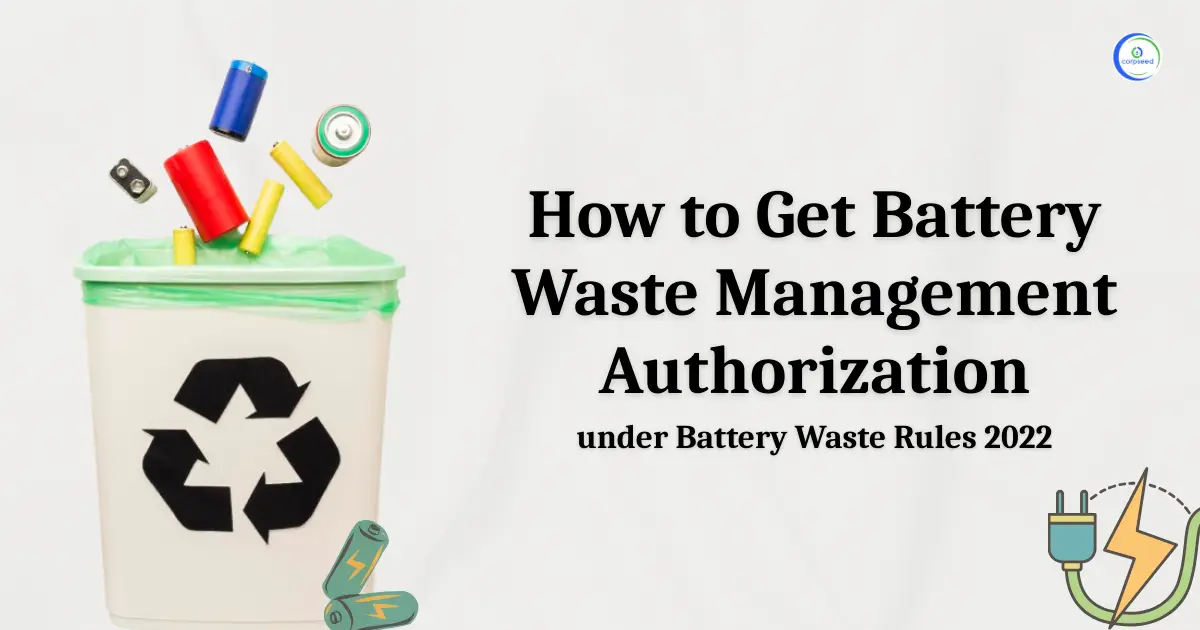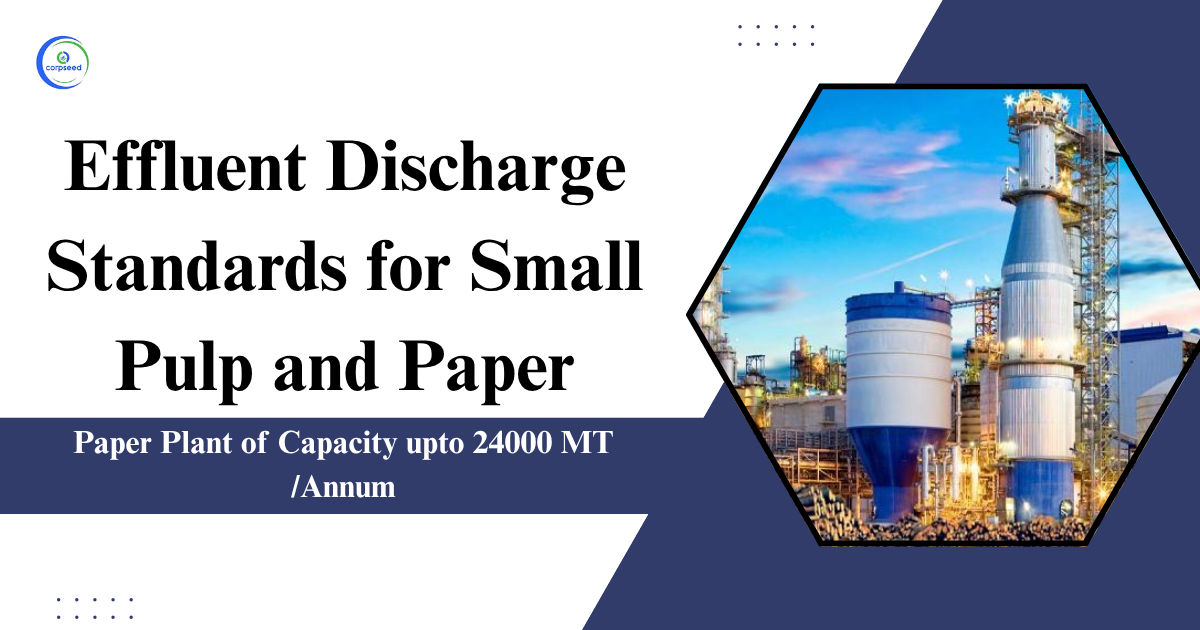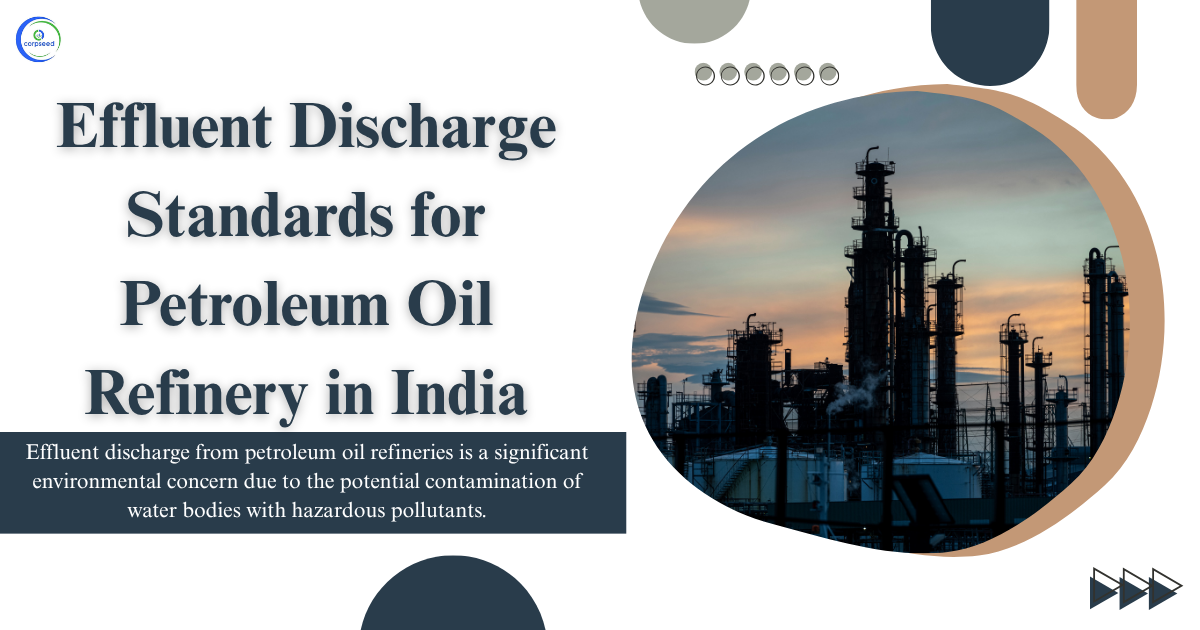Introduction
Brick production is a very large and long-established industry in India. The brick sector in India, which is not governed in a proper way or as per the guidelines of central government/state government, although, is tremendous in size. India is the second-largest brick producer in the world. Now, it is an established fact that brick industries in some parts of India are one the major contributors of air pollutants in the environment. The brick kiln industry is an established or demanding industry as the demand for bricks is increasing almost universally due to fast economic growth. Most of the brick kilns use Assam coal, Slack coal, and/or lignite which contain a high level of sulphur and high ash content, about 70 % of coal, 24% sawdust, and the remaining 6% wood, and others are used fuel by brick kilns.
Table of Contents
--------------Blog Contact Form-------------
Types of Brick Kilns
- Hoffman Kiln
- Bull’s trench kiln
- Down-Draft kiln
- Vertical shaft kiln
Sources of Emission
- Stack Height
- Fugitive Emission
- During charging of fuel
- Crushing of coal
- Clay excavation
- Loading and Unloading of Bricks
- Laying and removal of dust/ash layer over brick setting
- Cleaning of the bottom of trench/side flues
- During high winds
For more details, please visit http://www.moef.nic.in/sites/default/files/Brick Kilns.PDF
In exercise of the powers conferred by section 6 and 25 of the environment (Protection) Act1986 (29 of 1986), the central government makes a rule for the Brick Kiln.
Emission Standards for Brick kilns:
| Industry | ParameterStandards | Standards | |
| Emission Standards | |||
| Brick Kilns | Bull’s Trench Kiln (BTK) | ||
| Particulars | Category | Limiting concertation in mg/Nm³ | |
| Particular matter |
|
|
|
| Minimum (meter) | |||
| Stack height |
|
|
|
| Small BTK | <4.50 | Less than 15000 | |
| Medium BTK | 4.50-6.75 | 15000-30000 | |
| Large BTK | Above 6.75 | Above 30,000 | |
| Down-Draft Kiln (DDK) | |||
| Particulars | Category | Limiting Concentration in mg/Nm³ | |
| Particulate matter | Small/large/medium | 1200 | |
| Minimum (meter) | |||
| Stack height |
|
|
|
| Particulars | Category | Production(bricks/day) | |
| DDK |
|
|
|
| Vertical Shaft kiln (VSK) | |||
| Particulars | Category | Limiting Concentration in mg/Nm³ | |
| Particular matter | Small/large/medium | 250 | |
| Minimum (meter) | |||
| Stack height |
|
|
|
| Category | Number of shifts | Production (bricks/day) | |
|
1-3
|
|
|
For more information about Delhi Pollution Control Committee (DPCC) Click here Delhi Pollution Control Committee
For more information about State Pollution Board Click here State Pollution Board
Notes.
- Gravitational Settling Chamber Along with Fixed Chimney of appropriate height shall be provided for all Bull’s Trench Kilns
- One chimney per shaft in Vertical Shaft Kiln shall be provided. The two chimneys emanating from a shaft either be joined (at the Loading Platform in case of the brick chimney or at the appropriate level in case of the metal chimney) to form a single chimney.
- The above standards shall be applicable for different Kilns if coal, firewood and/or agricultural residues are used as fuel
This portion of the site is for informational purposes only. The content is not legal advice. The statements and opinions are the expression of author, not corpseed, and have not been evaluated by corpseed for accuracy, completeness, or changes in the law.
BOOK A FREE CONSULTATION
Get help from an experienced legal adviser. Schedule your consultation at a time that works for you and it's absolutely FREE.



.webp)





